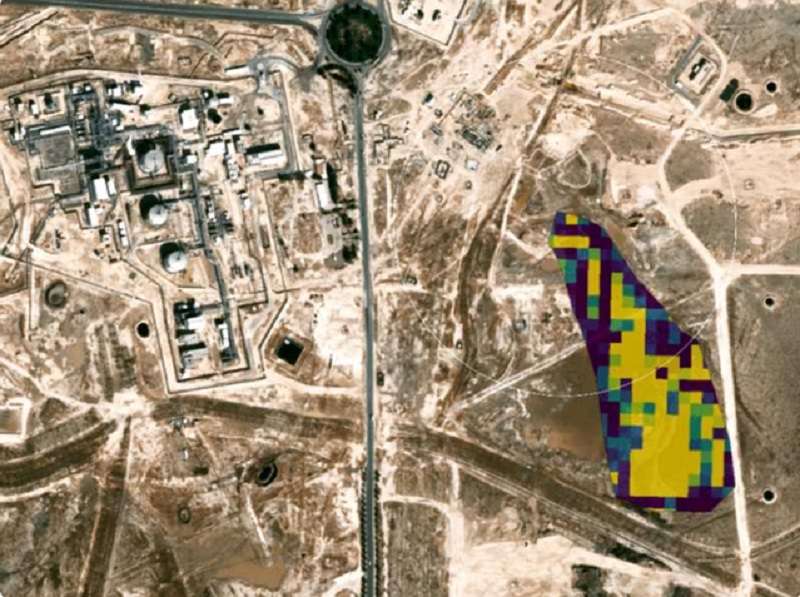Bloomberg Agency has listed 5 different regions around the world (4 in the United States and one in Kuwait) belonging to oil companies that violate environmental rules, by releasing greenhouse gases, global warming and atmospheric damage, through advanced satellite images that monitor pollutants invisible to the naked eye.
The agency said in its report that one of the advanced satellites detected dense clouds of methane gases over a period of 20 days last October near one of the oil drillings in the Kuwaiti Burgan field, while the operating company announced at the time that its monitoring systems did not detect any heavy leakage of polluted gas, reports Al-Qabas daily.
The sources added that although oil companies are always motivated to reduce the increase in methane gas emissions, this means in the short term more investments and partial disruption in their work to change equipment and machinery so that emissions become safer.
The sources pointed out that many commercial and government interests are currently driving the acceleration of the launch of satellites, while shale oil companies in the United States are facing pressure from investors to limit and reduce the amount of harmful emissions. Governments that intend to achieve global climate goals seek to measure progress in this area periodically.
“Bloomberg” stated that methane has more than 80 times the power of carbon dioxide in the atmosphere, and stopping greenhouse gas emissions can slow climate change in the near term, which is the most important measure currently to preserve the planet.
While the fines and implementation of penalties vary for oil companies over increased methane emissions, they increasingly face reputational risks and potential loss of future business if their work is seen as contributing to increasing global warming, said the sources.
The sources went on to say, that so far at least 3 high-resolution satellites have been launched to monitor gas emissions around the world, and it is expected that 4 other satellites will enter service before 2024, pointing to the increasing demand for gas emissions data from oil and gas operators themselves, to identify emissions leaks along thousands of miles of oil pipelines or remote facilities.
“Bloomberg” quoted scientists that the most effective approach to mitigating emissions around the world is to combine high-resolution satellite systems with aerial surveys and sensors on the ground, to provide operators, governments and public opinion around the world with accurate information about polluting methane emissions.

